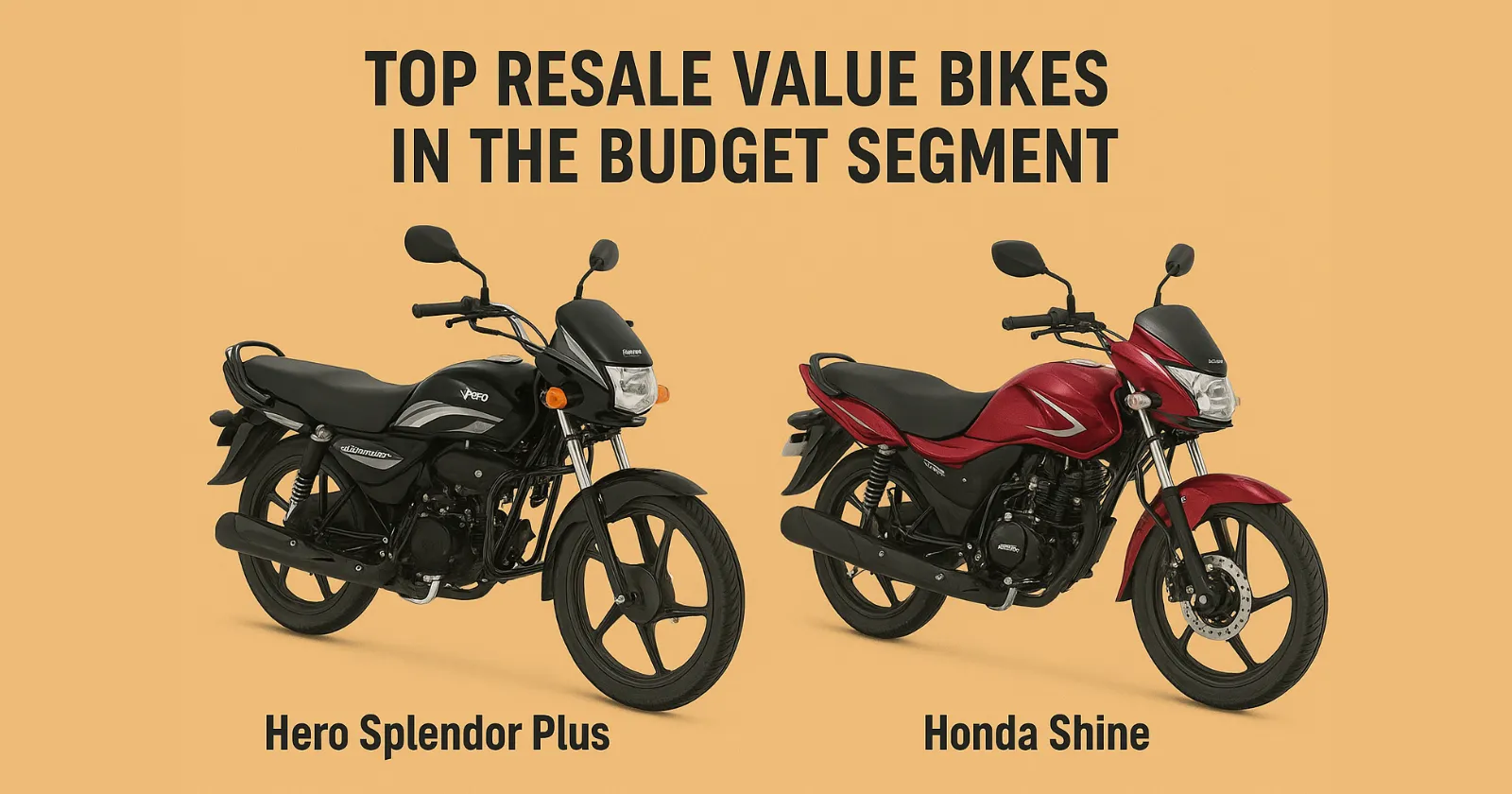
The Škoda Kylaq establishes a new chapter for Škoda in India, fusing the Czech heritage of crystal-inspired design with premium features and a robust safety package.It is designed for today’s urban families and professionals who want style, performance, and modern equipment in mid-size SUVs. With an award-winning safety package, an abundance of variants to choose from, a premium cabin, and a rich amount of technology, the Kylaq stands out as one of the most enticing options in this segment.

The MG Windsor EV was introduced in September 2024 and is a CUV, i.e., a combination of an SUV and a sedan. This mid-range car is practical enough for a family, navigating through the city streets every day.The Windsor has a 5-seater capacity and comes with advanced features to suit today’s generational preferences. When it comes to the safety ratings of the car, the major organisations have yet to crash-test it. As of now, the MG Windsor EV does not have a Global NCAP, Euro NCAP, or Bharat NCAP rating yet.However, the in-built safety features are enough to instil confidence in the buyers that this car by MG Motors is a good investment. This blog discusses the safety and other features of the Windsor EV to help you decide.

Fuel injection in bikes has completely changed the two-wheeler scene in the country. In fact, it will continue to help riders achieve elevated levels of performance, fuel efficiency, and reduced emissions.This is why more and more manufacturers are moving away from carburettors to advanced fuel injection systems. If you are thinking how it is going to assist, then here we are going to discuss all about it right from what fuel injection actually is to how fuel injection operates and the benefits and drawbacks it carries.

The Kia Syros has a sleek, subcompact SUV design, making it a preferred choice for customers. Launched on February 1, 2025, this 5-seater car is spacious, luxurious, and promises a comfortable experience to its owner.Syros features a boxy exterior, advanced technology, and is versatile enough to handle both weekend adventures and everyday commutes. Along with a futuristic design and efficient powertrains, the Kia car is rated 5-star by BNCAP, making it a safe choice for every passenger.This blog discusses the safety ratings and features of the Kia Syros. It also briefly outlines the key specifications that make the car stand out.

The MG Comet EV launched in 2023, representing the changing commute preferences in urban cities. It is an ultra-short hatchback and was designed on the “Big Inside, Compact Outside” concept.A significant milestone for MG Motor India, the car features a minimalist design that allows for easy navigation through busy and congested roads. Families or individuals looking for compact models with roomy interiors are inclined towards the MG Comet EV.If you are one of them, this blog provides a comprehensive understanding of the MG Comet EV. It discusses the features, performance, and battery power to help you decide whether it is the right choice.

If you are someone who loves long rides, then cruiser bikes are perfect for you. These types of bikes are built for comfort, with a relaxed seating position, wide handlebars, and strong engines that make riding for hours easier. In India, more riders are choosing cruisers for weekend trips, long tours, or even daily rides if comfort matters most. In this article, we bring you a list of the top cruiser bikes in India for long-distance riding.

If you are buying a bike in the budget segment (under ₹1 lakh), picking a model with strong resale value is a very smart decision. These bikes are always in demand in the second-hand market because they are reliable, cheap to maintain and known by most local mechanics.

The Maruti Suzuki Swift has long been one of the most popular hatchbacks in India, winning hearts with its sporty design, fun-to-drive character, and proven reliability. Over the years, it has become a household name, appealing to young buyers, families, and enthusiasts alike. Offering a strong mix of performance, features, and affordability, the Swift remains a popular name in the compact hatchback segment.Now, the Swift has become even more attractive to prospective buyers, thanks to the government’s recent revision of the Goods and Services Tax (GST) on small cars. From September 22, 2025, the GST applicable to compact cars has been reduced from 28% plus cess to a flat 18% with no cess. This major policy change has directly reduced ex-showroom prices across all Swift variants, making one of India’s favourite hatchbacks even more accessible.In this article, we break down the old vs new prices of the Maruti Suzuki Swift, look at variant-wise changes, and explain the impact of the GST cut on buyers.

The Tata Tiago has been a consistent performer in Tata Motors’ lineup, offering a stylish design, solid build quality, and multiple powertrain choices at an accessible price point. It is powered by a 1.2-litre Revotron petrol engine and is also available with factory-fitted CNG variants, making it one of the most versatile hatchbacks in the entry-level segment.Until now, the Tiago—like other small cars under 4 metres with petrol engines up to 1.2 litres—was taxed at 28% GST plus 1% cess (29% total tax). However, under the new GST 2.0 structure effective from September 22, 2025, this has been replaced with a flat 18% GST.This results in a significant price drop, making the Tiago more affordable across its petrol and CNG range.

The Maruti Suzuki Fronx has quickly become one of the most popular compact crossovers in India. With bold SUV-inspired styling, modern features, and the option of multiple powertrains, the Fronx caters to a wide audience — from first-time SUV buyers to young families and commuters seeking a stylish yet affordable option. Offered with a 1.2-litre petrol engine, a 1.0-litre turbo-petrol engine for enthusiasts, and a CNG variant for economy-focused buyers, the Fronx delivers versatility unmatched in its class.Under the old GST system, however, the Fronx was taxed at 28% GST plus 1% cess, totalling 29%. This inflated its ex-showroom price, making higher trims less affordable in a price-sensitive market.With the rollout of GST 2.0, effective September 22, 2025, the cess has been scrapped and replaced with a flat 18% GST rate for small petrol and CNG cars under 4 metres. This has led to an 11% reduction in tax, leading to a price drop by ₹64,000–₹1.11 lakhs depending on the variant. For the Fronx, this makes it an even stronger competitor to rivals like the Hyundai Venue, Tata Nexon, and Kia Sonet (sub-4m petrol trims).
Tata Sierra vs Rivals: A Detailed Comparison
Team Ackodrive 8 Dec, 2025, 5:57 AM IST
Tata Sierra Features Explained
Team Ackodrive 5 Dec, 2025, 8:34 AM IST
Yamaha FZ Series: Sales Trends
Team Ackodrive 5 Dec, 2025, 6:33 AM IST
Old vs New Tata Sierra: The Evolution of the Sierra Moniker
Team Ackodrive 4 Dec, 2025, 11:04 AM IST
Royal Enfield Classic 350: A Timeless Favourite
Team Ackodrive 4 Dec, 2025, 10:38 AM IST
Looking for a new car?
We promise the best car deals and earliest delivery!
